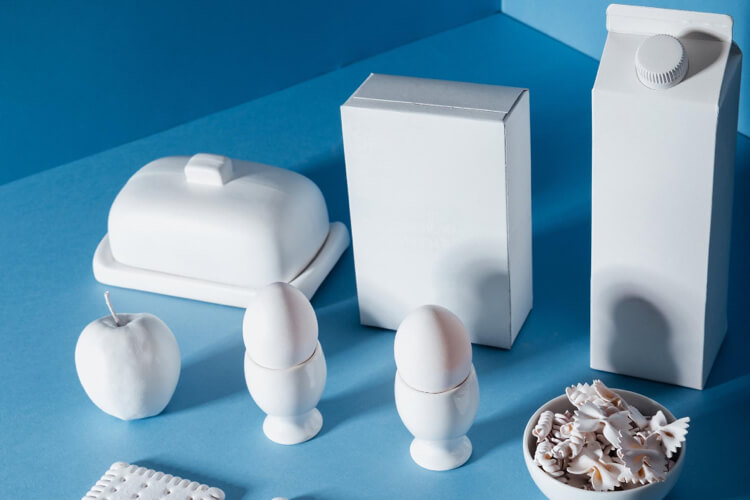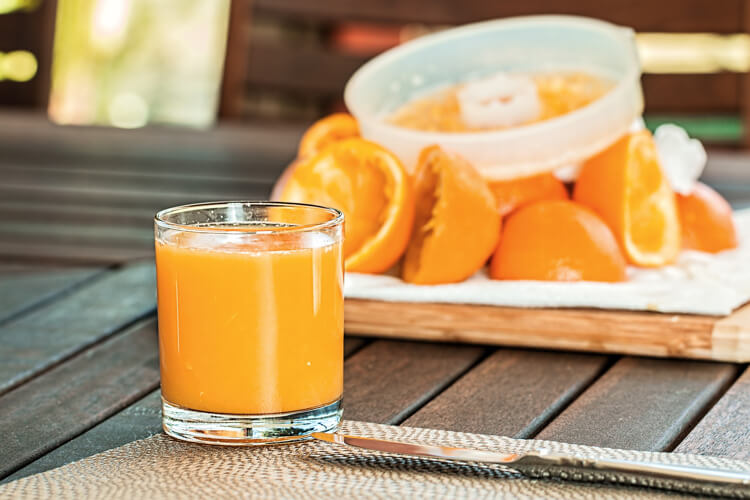Food Packaging Trends And Innovation
Importance of Food Packaging

Food is one of the most integral parts of our daily lives and the packaging is what preserves its integrity from farm to fork! Over the years, food packaging has evolved constantly through new innovations in material and design. And now it has a lot to offer other than protecting the food. Packaging is now a tool to create a memorable customer experience, provide convenience and is also a perfect tool for marketing. It can take up to 10-50% of the total cost of the food product, thus it should save more than it costs economically and environmentally.
Types of Packaging
There are 5 basic packaging materials: Glass, Paper, Metal, Rigid Plastic, and Composite (Plastic and metal foil to create flexible package). Packaging from these different materials is perceived differently by the customers and thus attract a different target audience. A packaging of paper is perceived as natural since they are obtained from trees, while plastic gives a negative perception since it is not degradable but they are preferred by the producers due to their better barrier properties. Some products like soup and sauce are packaged in all different kinds of materials that are mentioned above to attract different target segments. Other than their basic utility of preserving and protecting the food, it is also a medium to share necessary information. This includes nutritional information, a list of ingredients, instructions related to storage and consumption, branding message, nutrition marks and other labelling requirements which differ from country to country. This makes packaging a crucial factor for the success or failure of a product.
There are five general trends which determine the future demand for packaging.
Demography

Age of the target consumer plays a very important role in determining the end packaging of the product (shape, size, color, feel etc.). Overall there has been an increasing demand for smaller portion/single serve in developed countries. The younger population will tend to like smart and "cool" packaging options while for the older population, convenience and readability will be deciding factor for selecting a particular product over competitor's products. With so many similar options of food products available from different brands, packaging and the price are the only things standing between the consumers to purchase a particular product.
Lifestyle

Due to the changes in lifestyle over the years, there has been a demand to make the food packaging more convenient. Flexible and reusable packaging is becoming very popular and is preferred by the consumer. Like this, a product can re-invented by using convenient and stylish packaging. Also in the last few years, there has been awareness about food wastage due to food packaging. Due to ambiguity about the best before date, many consumers may possibly discard perfectly edible food. One example is a dynamic best before date i.e. the best before date will change depending on how the individual food product is handled and stored to create more transparency.
Sustainability
As the awareness regarding the climate impact of packaging waste has been increasing over the past few decades, sustainable packaging materials are becoming a global trend. Recyclable and biodegradable are the two most often keywords used in this context. Recyclable materials like certain plastic and paper can be used after processing up to a certain extent for the production of new material. While biodegradable material which can be made from plant-based materials like sugar, starch, and reeds etc. which will be eventually degraded by the microorganisms. Thus resulting in a generation of less waste over time.
Digitization

The food industry is also using digitization to improve the supply chain tracking of its products. Special RFID (Radio Frequency Identification), NFC (Near Field Communication) tags and bar code are being incorporated into packaging to provide more details about the products to the customers. They can also be used by the producers to store information in the cloud, which helps in tracing the logistics. Lastly, digitization has open new doors to market the food product to tech-savvy consumers.
Innovation
There are various innovation trends observed in the past few in the food packaging sector. The introduction of new packaging material from natural chalk, hemicellulose, and other biopolymers. Indicator packaging can either monitor the temperature of food storage or can smartly convey if the food is fresh to eat. Lastly, there are packaging materials with enhanced barrier properties due to the addition of nanomaterials. There are various economic and technological challenges in implementing but in the coming future we can expect more products which will incorporate with such innovative solutions.
Normally food packaging strategy involves logistics, marketing, finance, environmental impact, storage and numerous other dimensions. The packaging industry has been evolved in past few decades and it will continue to do so. As the consumers are getting more aware there is a constant need to innovate in order to attract more and a diverse set of consumers to ensure steady growth of the industry.
